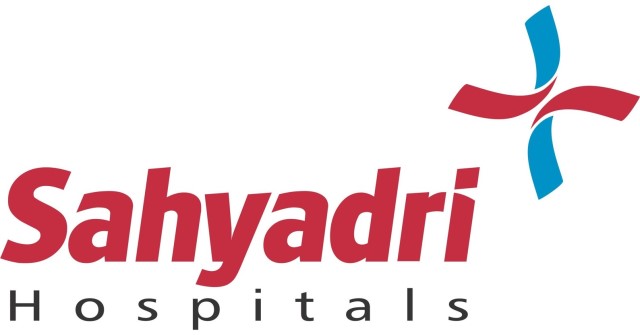Young patient regains full mobility just 15 days after surgery to treat severe paraplegia
PUNE: Sahyadri Hospitals is proud to announce the successful treatment of a 13-year-old girl diagnosed with Pott’s Spine, a rare and serious form of spinal tuberculosis. The treatment was expertly handled by Dr. Rajesh Parasnis, Spine Surgeon at Sahyadri Super Speciality Hospital, Deccan Gymkhana whose prompt and precise surgical intervention has led to the full recovery of the young patient only in three days.
The patient initially experienced progressive upper back pain for two months. Her symptoms began with severe back pain and tenderness over the upper back. Despite seeking treatment at a government hospital in Pune, where she was diagnosed with Pott’s Spine and placed on anti-tubercular therapy (AKT) and bed rest, her condition deteriorated. Over the next two months, her back pain intensified, and she eventually developed paraplegia, losing the ability to move her lower limbs.
When the patient was brought to Sahyadri Super Speciality Hospital, Deccan Gymkhana, Dr. Rajesh Parasnis and his team conducted a comprehensive evaluation. The diagnosis was confirmed through a combination of clinical examination, MRI findings, and an open biopsy performed during surgery. To ensure accuracy, the team employed the GeneXpert MTB test, a highly sensitive and specific method for detecting tubercle bacilli from the surgical site. The challenges of diagnosing such a condition in a young patient were significant, but the patient’s coordination and compliance with the medical team at Sahyadri played a crucial role in overcoming these challenges.
Pott’s Spine, also known as spinal tuberculosis, is a less common manifestation of tuberculosis compared to pulmonary TB. It often develops as a secondary infection following pulmonary tuberculosis. In urban areas, the incidence rate of spinal TB is higher, with 1.43 cases per 100,000 people, compared to 0.76 per 100,000 in rural areas. This condition can have devastating consequences if not treated promptly, as was evident in this case where the patient developed paraplegia due to the pressure on her spinal cord.
Understanding the urgency of the situation, Dr. Parasnis decided to perform a D1-D6 Dorsal Decompression, Debridement, and Pedicle Screw Fixation immediately after the patient presented at the clinic. The primary goal of the surgery was to relieve the pressure on the spinal cord and stabilize the spine to prevent further progression of the disease. The surgical team utilized advanced technologies, including O-arm Navigation for precise screw placement and intra-operative neuro-monitoring to assess spinal cord function in real-time, ensuring the highest level of precision and safety during the procedure.
“The urgency of the situation necessitated immediate surgical intervention,” said Dr. Parasnis. “Our goal was to decompress the spinal cord and stabilize the spine to prevent further neurological deterioration. The use of advanced surgical techniques was crucial in ensuring the best possible outcome for this young patient.”
Post-operatively, the patient was carefully monitored by the spine team at Sahyadri Super Speciality Hospital, Deccan Gymkhana. Her recovery process was managed with daily neurological assessments and pain management strategies. After three days of bed rest to allow for initial recovery, she was fitted with a Taylor’s Brace (Thoraco-lumbar orthosis) and began a rigorous physiotherapy program. The physiotherapy team focused on strengthening her lower limbs and improving her respiratory function through deep breathing exercises and incentive spirometry. Remarkably, by the fifth-day post-surgery, the patient was able to stand and take a few steps with support. By the time her sutures were removed on the fifteenth postoperative day, she was walking independently without any support.
At her one-month follow-up visit, the patient had made a full recovery. She reported no back pain, leg pain, or weakness, and her neurological function was completely restored. Reflecting on the success of the case, Dr. Parasnis highlighted the importance of early surgical intervention in cases of spinal cord compression leading to paraplegia. “The timely decision to operate before permanent neurological damage set in was crucial to the successful outcome of this case. The multidisciplinary approach, combining surgical intervention with ongoing antibiotic therapy and close monitoring, was key to this young patient’s full recovery.”
The successful outcome of this case achieved at Sahyadri Hospitals demonstrates the effectiveness of a collaborative approach and the use of advanced medical technology in treating complex spinal conditions.

